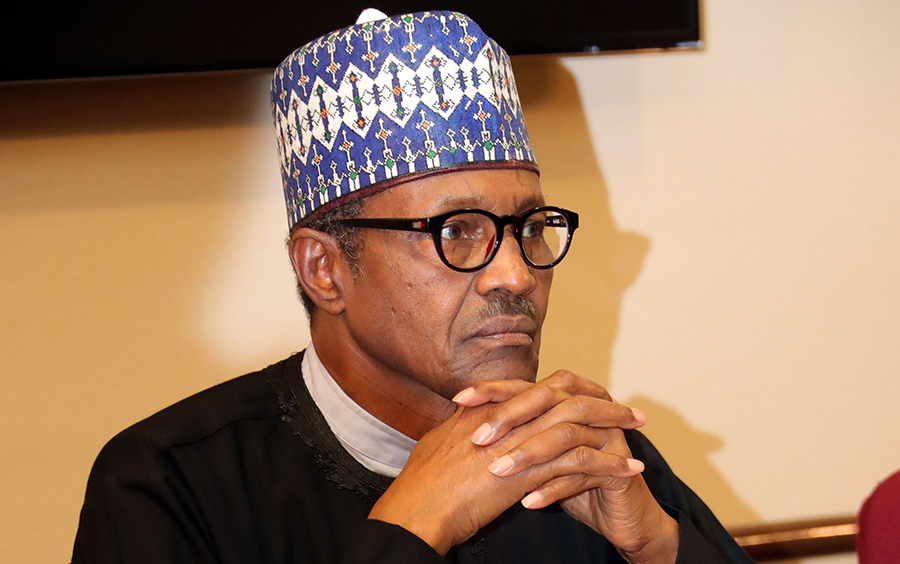Financial analysts have said that Nigeria’s total public debt now stands at N48.857 trillion as of the first quarter of 2021, and may cross the N50 trillion mark if the federal government accessed the $4bnfrom $6.18 billion foreign currency loans approved by the lawmakers to support the 2021 budget deficit.
Detail from the medium-term expenditure framework approved by lawmakers has again indicated that Nigeria will borrow about N5 trillion to support the 2022 budget. The breakdown of the approved appropriation bill showed that FG is targeting a marginal increase in revenue of N8.36 trillion when compared to the N7.89 trillion revenue targets in 2021.
Cowry Asset said in a report that this resulted in a budget deficit of N5.6 trillion (a little lower than N5.71 trillion recorded in the fiscal year 2021), part of which would be financed by N4.89 trillion borrowings – inclusive of both foreign and domestic debts.
READ ALSO: Nigeria’s trade deficit hits highest in 40 years as public debt rises
In the first half of 2021, Debt Management Office reported that total public debts printed at N33.107 trillion, and this has expanded to more than N35 trillion as off second quarter, according to DMO Director-General, Patience Oniha at a virtual meeting.
Explaining the implication of the $4 billion raised from the international debts market on the naira and the fiscal position of the Nigerian government, CardinalStone estimates put total public exposures as a proportion of Nigeria’s gross domestic product (GDP) at 34.2 percent in the first quarter.
This raised total public debt to N48.857 trillion as of the first quarter of 2021, according to analysts estimates, before the Federal Government accessed another $4 trillion from $6.18 billion foreign currency loans approved by the lawmakers to support the 2021 budget deficit.
Analysts at the firm noted that since the start of the year, the FX liquidity crunch has intensified due to low intervention by the CBN and weak portfolio inflows. To the first point, CBN’s current monthly intervention in the FX market is likely below $1.8 billion, which is 1.7x; lower than the average for Q1-2020”, CardinalStone stated.
Analysts also highlighted the plunge in capital importation to a 22-quarter low of $876 million in the second quarter of 2021 compared with $1.2 billion in the same period in 2020.
“These factors may have driven down average turnover in the Investors and Exporters foreign exchange Window to $108.7 million in 2021 from $345.0 million in the first quarter of 2021,” it said.
READ ALSO: Nigeria’s debt to revenue ratio worsens as public debt increases
“In any case, the Eurobond liquidity is equivalent to just 1.7 months of intervention sales, assuming CBN’s pre-pandemic monthly FX supply of $2.3 billion, all else equal. Foreign investors may need more convincing”, analysts explained.
Despite the rising debt concerns in Nigeria, analysts said the country still maintains a low risk of debt distress due to the low stock of foreign currency-denominated debts, which has masked the impact of exchange rate shocks.

 Latest6 days ago
Latest6 days ago
 Latest1 week ago
Latest1 week ago
 News5 days ago
News5 days ago
 Latest6 days ago
Latest6 days ago
 Health1 week ago
Health1 week ago
 News1 week ago
News1 week ago
 News1 week ago
News1 week ago
 Business4 days ago
Business4 days ago

